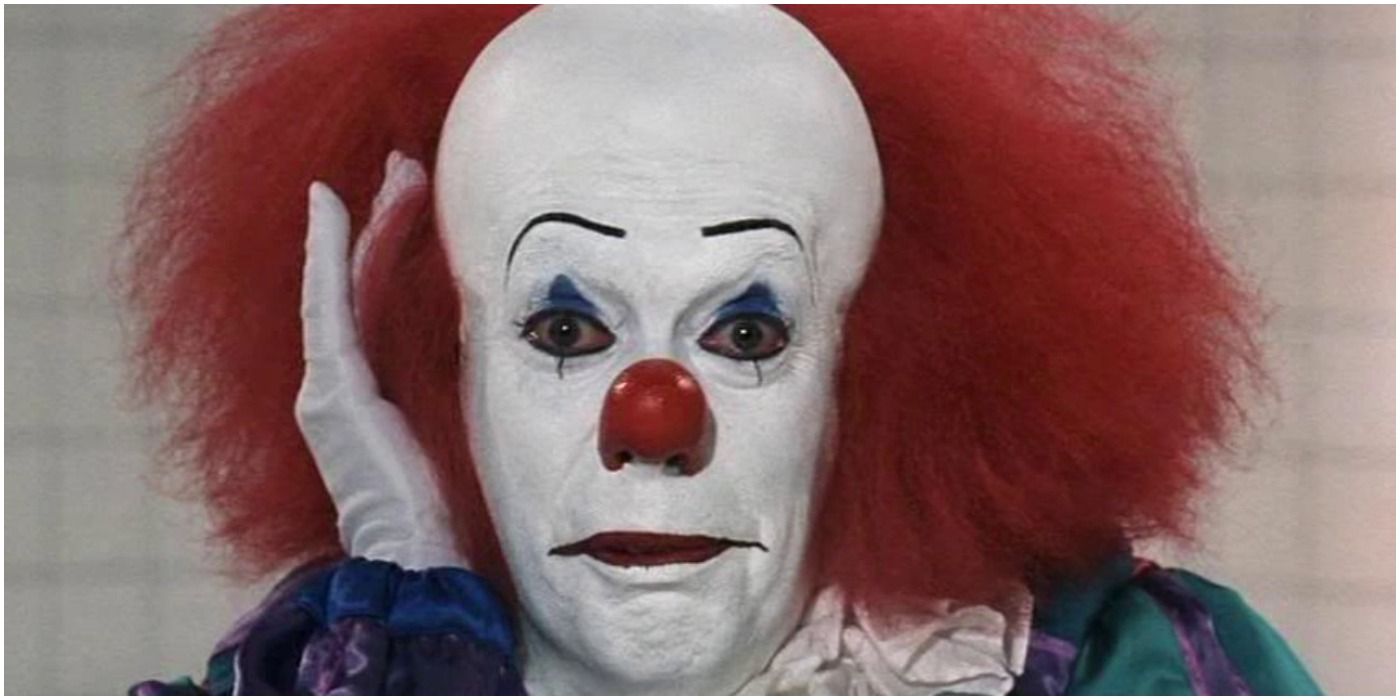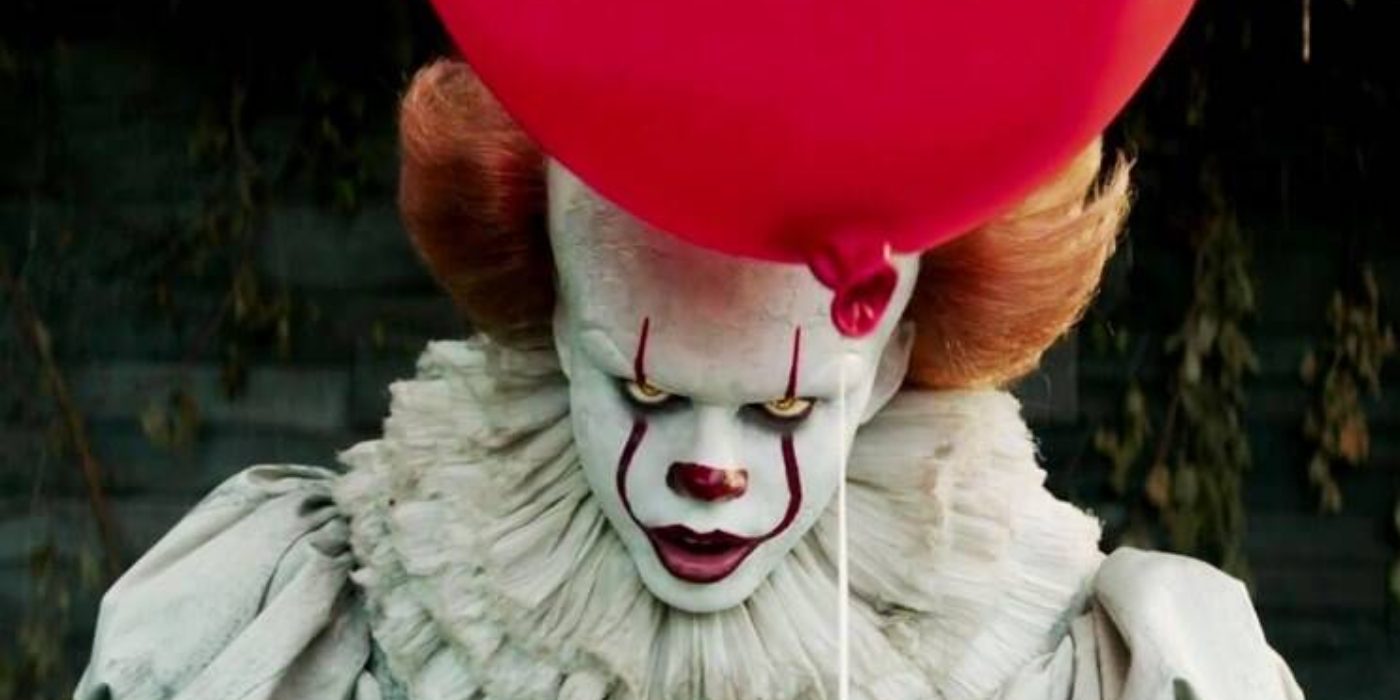Summary
- An artist's retro-style interpretation of Pennywise in It captures the timeless feel of the Stephen King classic, referencing key elements from the book and previous adaptations.
- The art aligns itself with the period setting of the original book, evoking nostalgia and the way Stephen King originally intended the story to be portrayed.
- The various adaptations of It have allowed the horror tale to be spun across different decades, solidifying its status as an evergreen story with vast storytelling possibilities.
Stephen King’s IT gets a retro-style reimagining of Pennywise in new art. Since its 1986 release, King’s novel It has gotten several adaptations. They include the 1990 television miniseries, which starred Tim Curry, and the movies directed by Andy Muschietti, which split the book into two parts that released in 2017 and 2019. Over the years, Pennywise has remained one of King's most iconic characters.
The 1990s version of It has inspired a new interpretation from artist @_startfromsketch. Taking on the style of Curry’s Pennywise, the art piece takes the form of a classic animated film poster. It employs the classic catchphrase “You’ll Float Too,” while tragic Georgie Denbrough looks up at a red balloon. Check it out below:
The town of Derry is also referenced in the poster itself, for the red balloon in front of Georgie reads, “I [heart] Derry.” Readers and viewers alike will recall Georgie is the young boy who famously gets stolen away and killed by Pennywise in one of It’s opening sequences.
Why This It Art Is A Great Rendering Of The Stephen King Classic
While the above It art models itself from Curry’s version of Pennywise, there is still a timeless feel to this artistic interpretation. 2017’s It had far different aesthetic sensibilities from the 1990 version, but nonetheless featured several overlapping elements from the book, including the classic Georgie scene, the recurring balloon imagery, and the setting in Derry, Maine. The art draws upon those elements here, representing key elements of the story.
Looking akin to an old magazine cover, the It art aligns itself with the period setting of the original book. Unlike its film adaptation, the earliest time period in King’s novel is between 1957 and 1958. By contrast, the TV series of It originated in the 1960s, and the 2017 movie modernized the story even further, setting it in the summer of 1989.
As such, It’s timeline has come a long way in recent adaptations. These changes have solidified It as an evergreen horror tale whose plot can be spun across different decades. These vast possibilities will be further explored in the upcoming It prequel series Welcome to Derry. Nonetheless, there is a nostalgia in returning to this older version of Pennywise in IT, in the way that King originally intended.
Source: @_startfromsketch/Instagram


